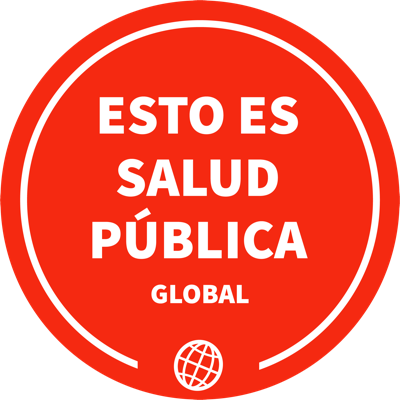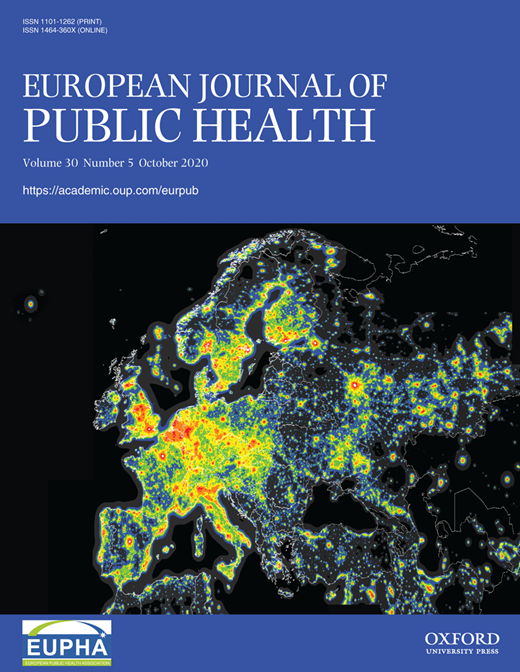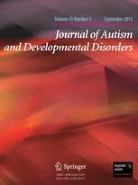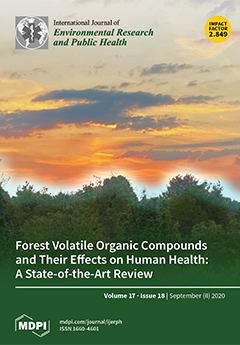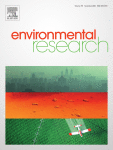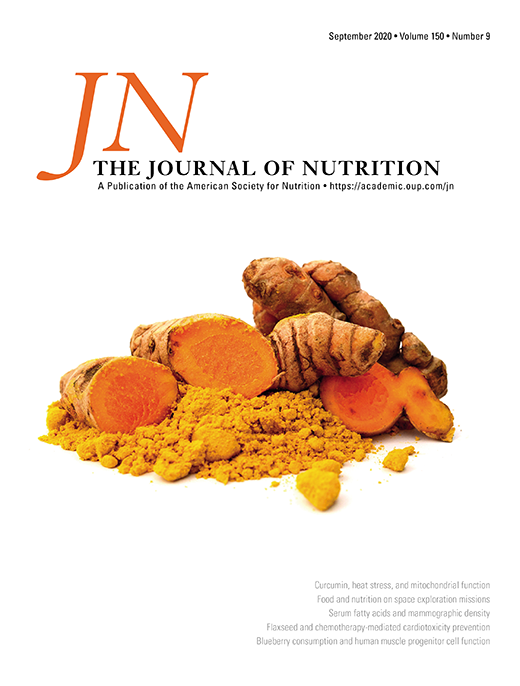Greenhouse gases emissions from the diet and risk of death and chronic diseases in the EPIC-Spain cohort
Background Evidence from the scientific literature shows a significant variation in greenhouse gas (GHG) emissions from the diet, according to the type of food consumed. We aim to analyze the relationship between the daily dietary GHG emissions according to red meat, fruit and vegetables consumption and their relationship with risk of total mortality, and incident…


